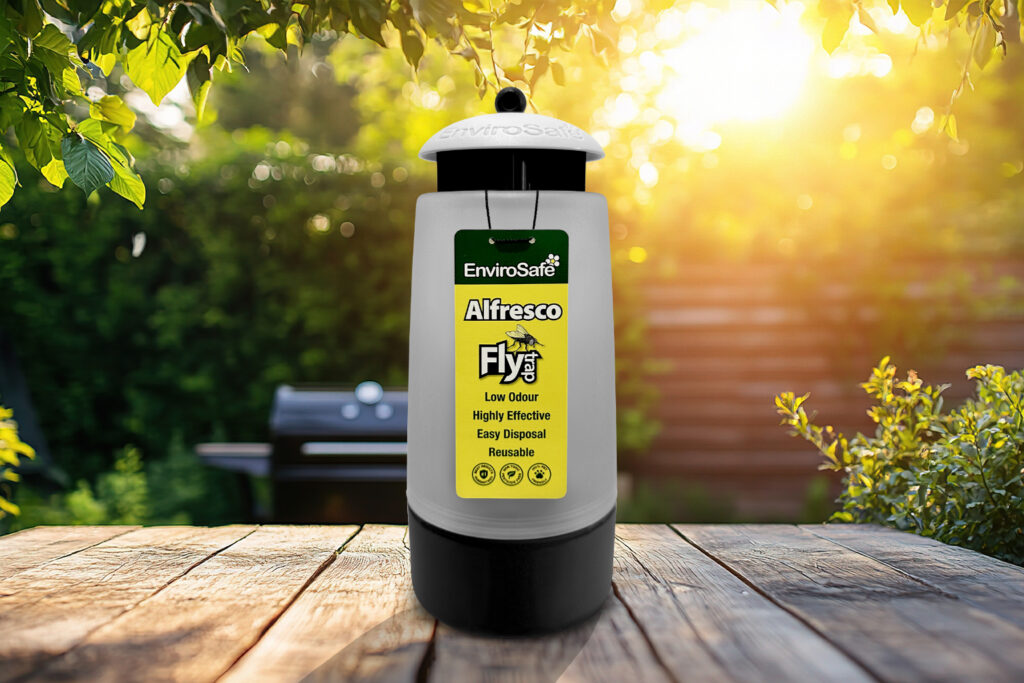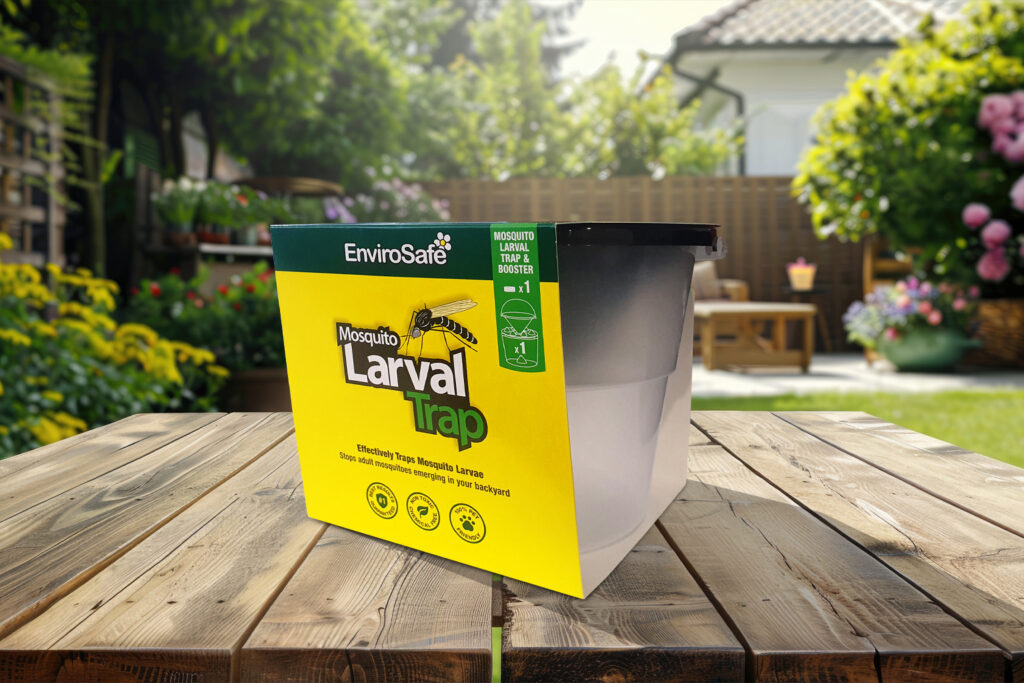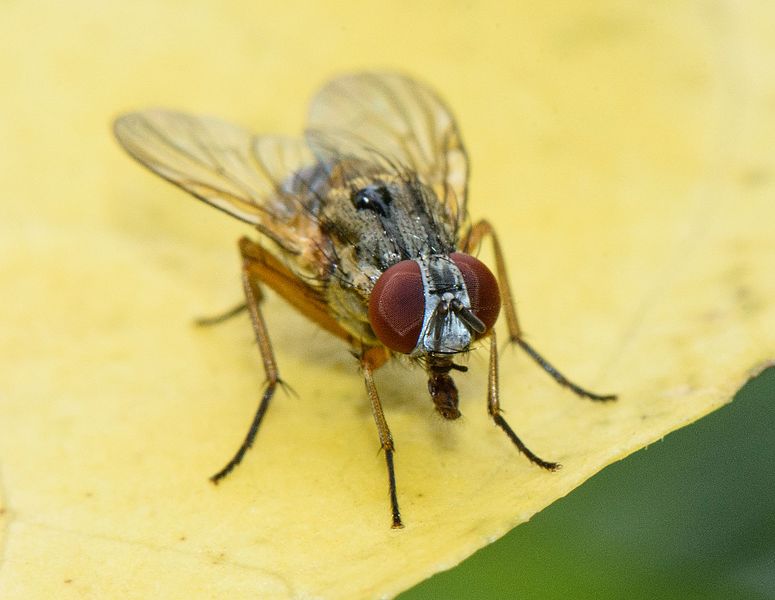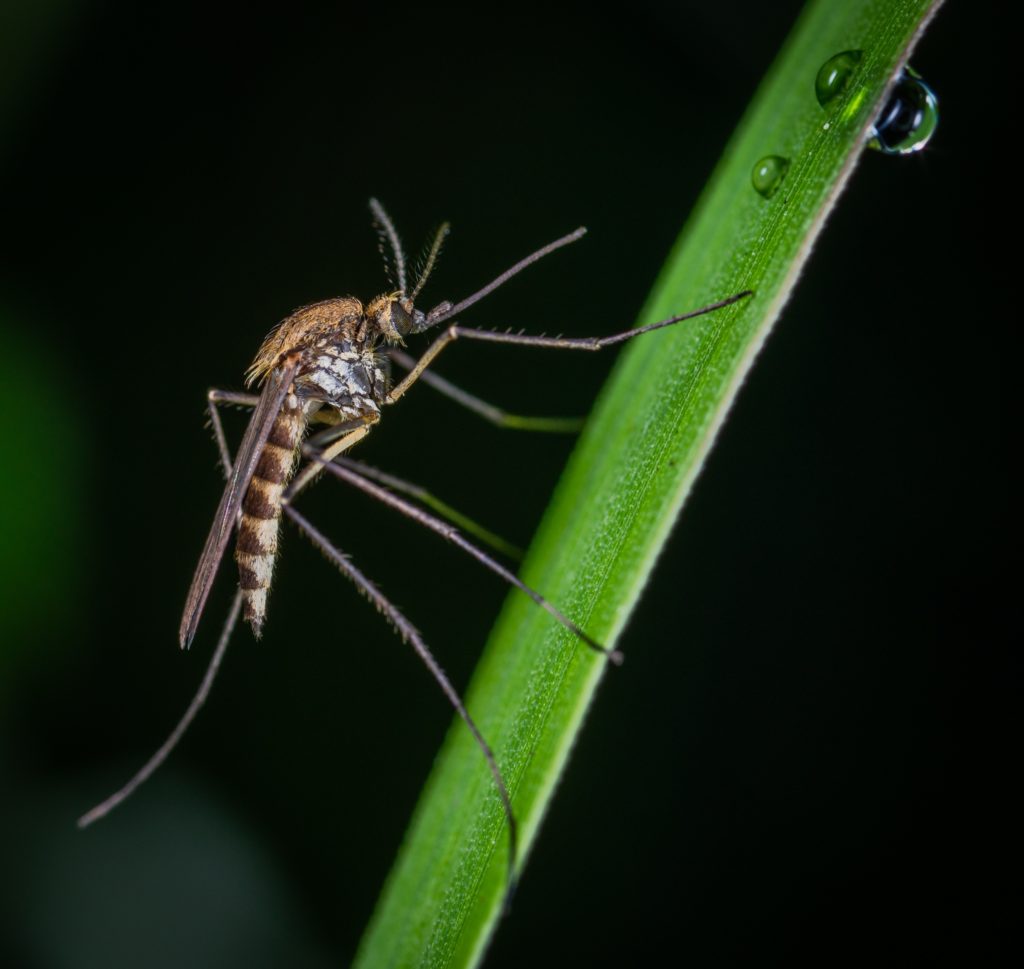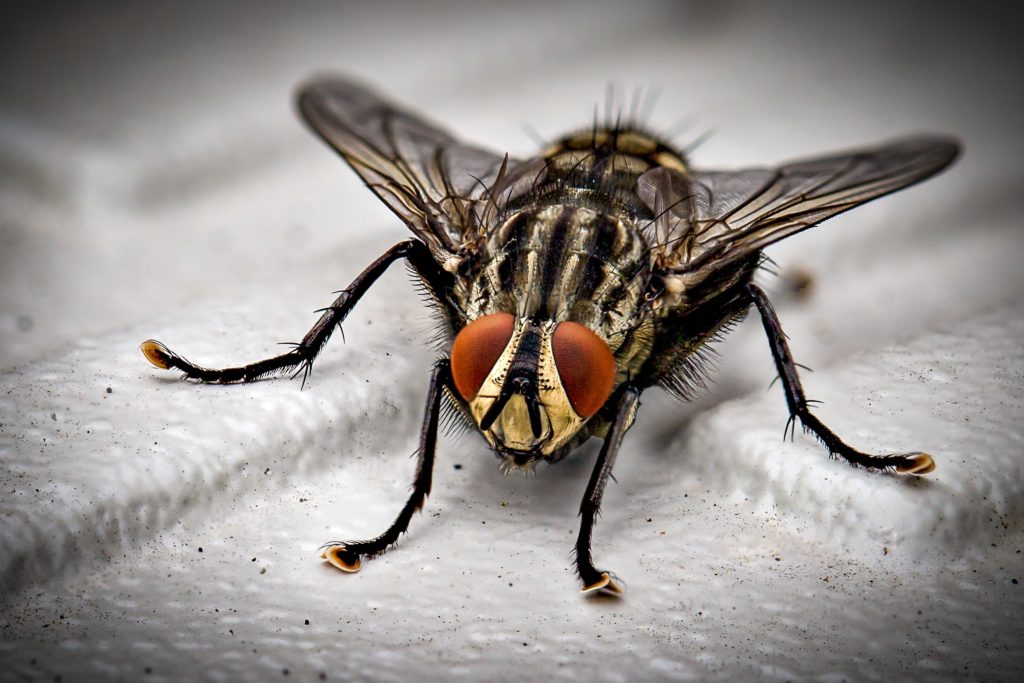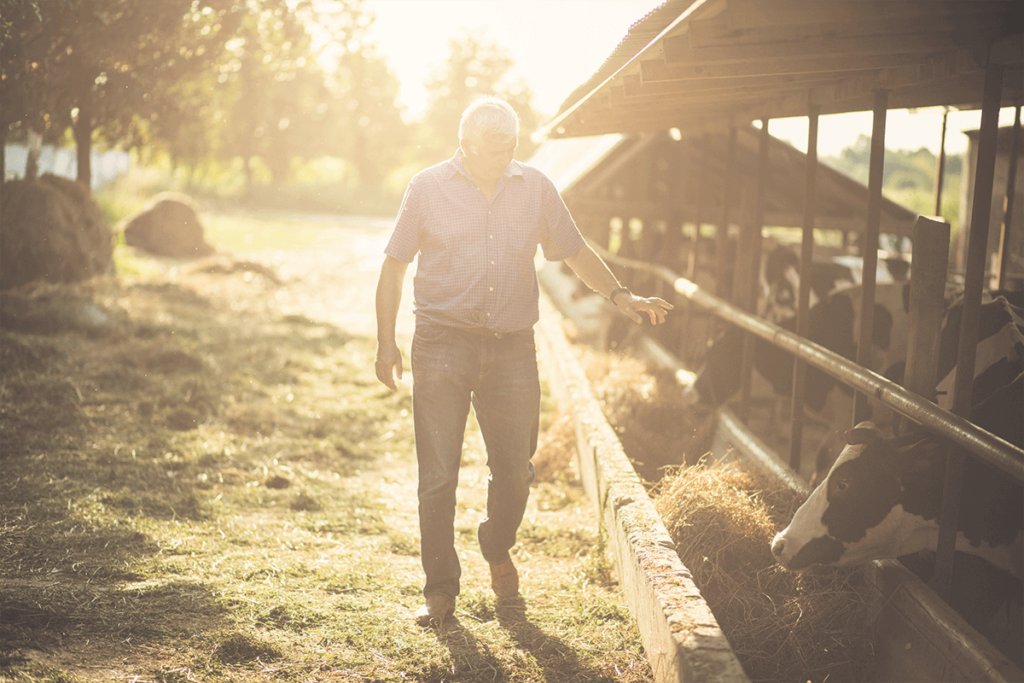Flies can turn any space into an uncomfortable, unclean environment, and conventional fly traps often come with a few drawbacks—strong odours, unpleasant mess, and unsightly flies. But what if there were a fly trap that addressed all these issues with ease? We’re excited to introduce our newest solution in fly control: the low-odour, eco-friendly, reusable…
Author Archives: Dr Cathy Smallridge
Australia’s warm climate and diverse environment make it a prime breeding ground for mosquitoes. Beyond being an annoyance, mosquitoes in Australia can spread diseases like Ross River virus, Japanese encephalitis virus and Barmah Forest virus. While sprays and zappers target adult mosquitoes, more mosquitoes keep emerging to take their place. The EnviroSafe Mosquito Larval Trap…
When you see a house fly walking around on your kitchen window, do you ever wonder where it came from or where it has been? You might just whip out the fly swat and be done with it because everyone knows that you don’t want flies in the house. But are they just a nuisance,…
As summer approaches, mosquitoes become more of a problem in many parts of Australia. From nuisance biting, to the risk of contracting a serious viral disease, mosquitoes are very unwelcome visitors around the home. We asked scientist Associate Professor Cameron Webb to tell us a bit about mosquitoes and how we can best manage them….
What are filth flies? These are the species, such as house flies, blowflies or bushflies, that use manure, carcasses or rotting organic material for food. By moving between manure and the horse (feeding from eyes or scratches or wounds) they can easily spread disease, as well as causing the horse stress and discomfort from constantly…
The bushfly, Musca vetustissima, is an Australian icon. You know the one. It’s that little fly that sticks to you en masse – they make you choke when you breathe them in and they get in your eyes, ears and nose! The famous “Aussie Salute” is a sure sign they might be around. Photo credit:…
Flies and public health – A brief review By Dr Cathy Smallridge It has long been known that flies are insects of public health importance [1]. It is estimated that flies may be responsible for transmitting up to 65 different disease organisms [2]. Some fly species also lay eggs on live animals and humans, and…
Flies are everywhere! And some species are really serious problems for humans, livestock and horticulture. Communities and scientists have invested heavily in trying to eradicate flies, but it is incredibly difficult.For example, the Tsetse fly in Africa carries two species of disease organism which are fatal for humans and livestock. These flies have therefore been…
Besides being a nuisance, flies can also transmit a range of diseases and may have a negative impact on animal health. For example, flies may annoy poultry so much that they become irritable and this can lead to an increase in feather pecking and aggression. The fly risk is often higher in intensive production systems…

